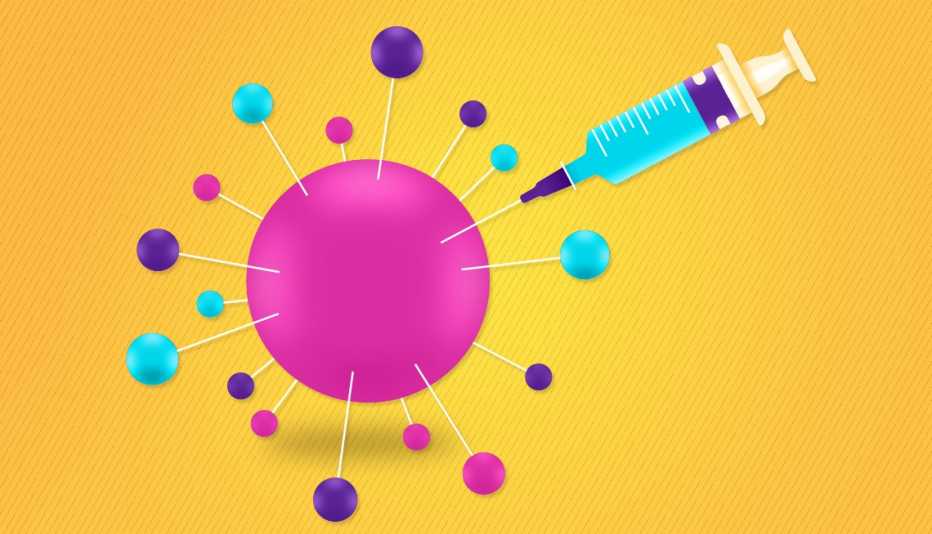Staying Fit


Health officials are recommending that adults 65 and older roll up their sleeves this spring for a COVID-19 vaccine to help restore any protection that has waned since their last dose.
Hospitalizations and deaths from COVID-19 continue to remain highest among the 65-plus population, and health experts anticipate that COVID-19 could still be a threat in the warmer months, as the U.S. has experienced spring and summer surges in the past.


AARP Membership— $12 for your first year when you sign up for Automatic Renewal
Get instant access to members-only products and hundreds of discounts, a free second membership, and a subscription to AARP the Magazine.
This spring shot is the same vaccine that was updated and introduced in September 2023, and health officials say it continues to provide protection against the coronavirus variants that are currently circulating.
Three different versions of the vaccine are available — an mRNA shot from Pfizer-BioNTech, another from Moderna, and a protein-based vaccine from Novavax. Here’s what you need to know about any possible side effects from the COVID-19 vaccines.
No surprises from common side effects
According to the Food and Drug Administration, the common side effects that can accompany the updated 2023 shots are in line with those of the previous versions.
“So, if you had a sore arm before, if you had a little bit of achiness, maybe a little low-grade fever, you can expect that to happen again,” Kristin Englund, M.D., infectious disease specialist with Cleveland Clinic, said in a news release.
- Moderna booster side effects: Pain at the injection site was the most commonly reported side effect among people vaccinated with Moderna’s vaccine, according to data reviewed by a Centers for Disease Control and Prevention (CDC) advisory panel. About 70 percent of people reported it, followed by fatigue, muscle aches, headache, joint pain, chills, nausea and vomiting, and fever.
- Pfizer booster side effects: Pain at the injection site was also the most commonly reported reaction with Pfizer’s vaccine, according to the company; up to 90 percent of people reported it. Other typical side effects included fatigue, headache, chills, muscle pain, joint pain and fever.
- Novavax booster side effects: The most common reactions reported in clinical trials testing the Novavax vaccine include headache, nausea or vomiting, muscle pain, joint pain, pain and tenderness at the injection site, fatigue and general discomfort.




































































More on Health
Is It Time to Start Wearing a Mask Again?
Experts share advice as COVID-19 cases start to climbAre Vaccines Still Free?
Feds no longer paying the bill5 Things to Know About the New COVID-19 Vaccines
Who’s eligible for shots, what they cost, when to get one and more